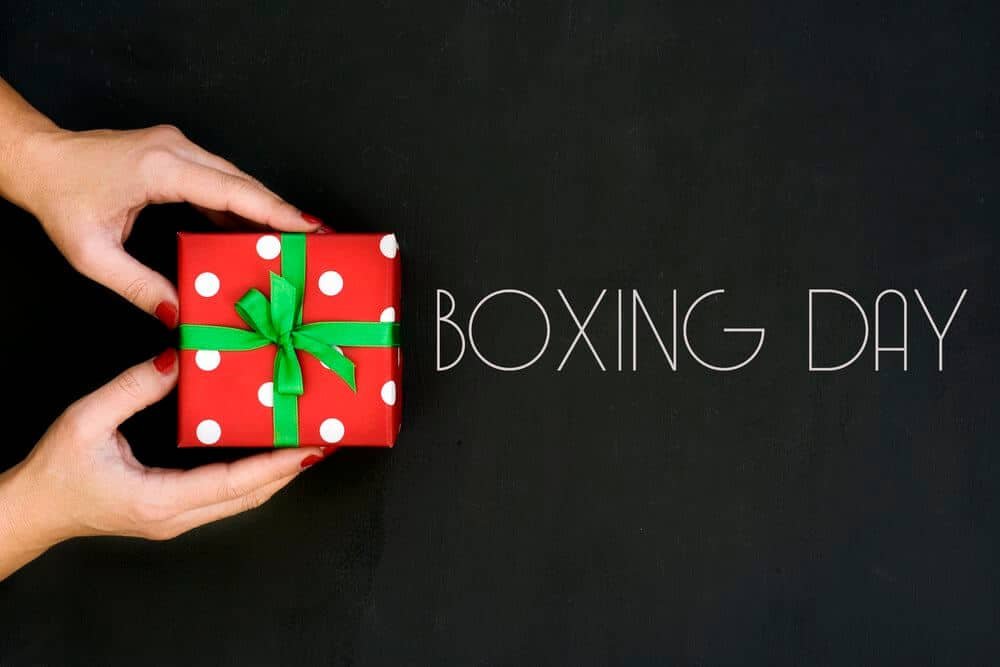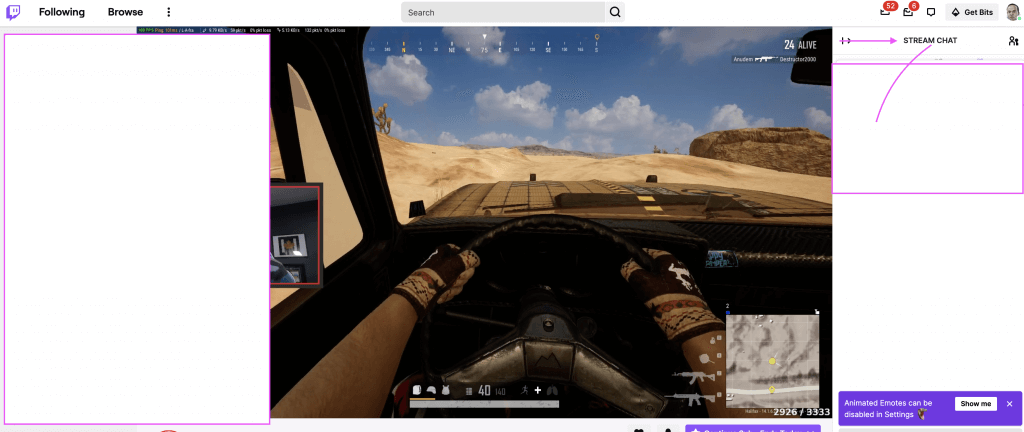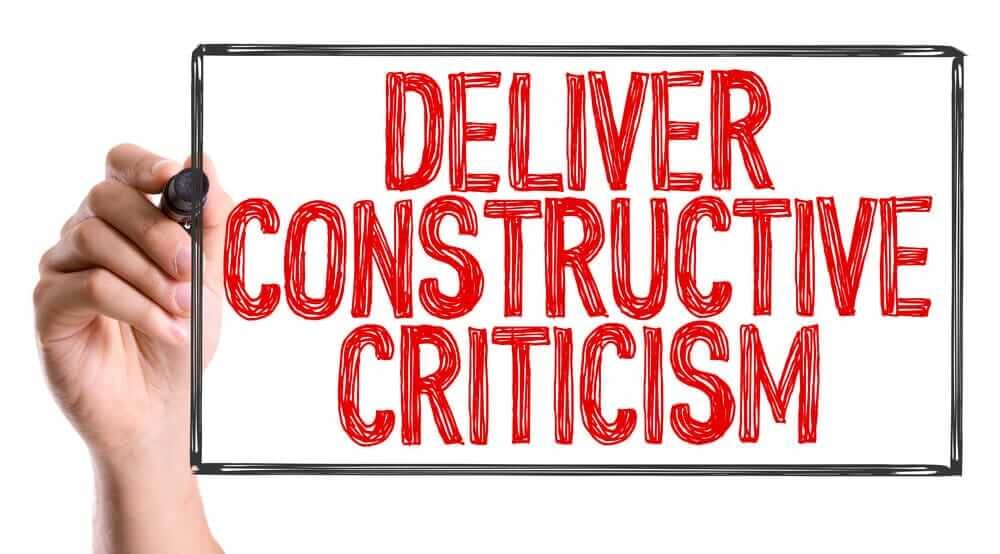In many countries, Christmas is the dominant holiday of December, but it is far from the only celebration to be had in December. The shortest day of the year in the Northern Hemisphere and midwinter mark several events worth celebrating, from modern Christmas traditions to ancient pagan rituals. Find out what you can do during this month to make the most of your trip to the world’s different cultures. This list contains a sampling of the best ways to celebrate these holidays.
During December, there are numerous multicultural celebrations. From Christmas to Omisoka, December is truly the “world of holidays.” There are so many things to celebrate and experience in this world of ours. So, let’s explore some of the major ones. The first one is World AIDS Day, a day dedicated to raising awareness about the AIDS epidemic and to remember the people who lost their lives to it. The second major holiday is Hanukkah, which begins on the 25th day of the Hebrew calendar, and occurs between late November and early-December.
While Christmas is the main focus of December in many Western nations, other cultures celebrate the season in many different ways. In Japan, Hanukkah is an important Jewish festival that lasts from December 23 through December 24. The Japanese celebrate Omisoka on the last day of the year. It is an important holiday in their culture, and is observed by millions of people across the globe. Similarly, the U.S. also observes the season of Kwanza, a Kwanza, and other celebrations.
December Global Festivities
1. Christmas

Christmas is the Christian faith’s historical celebration of Jesus Christ’s birth. The Christmas customs vary from one country to another, depending on whether they are celebrated solely for a religious purpose or as a cultural event. Americans celebrate Christmas with Santa Claus visits and snowy landscapes. Christmas falls in Australia’s Summer, which is when it is most popular to camp or go to the beach. A “Christmas Bush” is a native Australian tree that bears small green leaves and red flowers.
England Christmas traditions are very similar to the United States. However, instead of leaving milk and cookies for Santa Clause, children leave brandy and mince pies for Father Christmas. Iceland’s capital city, Reykjavik, transforms into a Christmas wonderland. There are thirteen Santas known as Yule Lads. Each night, one arrives leaving small gifts in shoes in window sills.
The annual festival of Christmas commemorates the birth of Jesus Christ. This celebration is celebrated worldwide on December 25. It is celebrated as a religious and cultural event. While most people associate the holiday with gifts and family gatherings, it is also a time to spend time with loved ones. Below are some ideas for making this day special. The following are a few tips to get the most out of the holiday. To make this day a joyous one, remember to enjoy the festivities!
First, remember that Christmas dates are not fixed. Many Christian traditions celebrate Christmas in other months than December 25. This was because no one knows when Jesus Christ was born. The School Journal published an article in 1894 that stated that some Christians believed Jesus was born in other months. However, in 2009, an article in The School Journal argued that December 25 is the most appropriate day to commemorate the birth of Christ. Regardless of when the true date of the birth of Jesus Christ was celebrated, there is nothing wrong with celebrating the day on a calendar that makes it a special occasion.
The earliest Christmas celebrations in the West can be traced back to the fourth century AD. The first Christmas celebrations were banned in England and the English colonies in America. The government members felt that Christmas had lost its religious significance and encouraged secular activities. Nevertheless, some Christians kept celebrating the holiday in secret until twenty years later when it was legalized. There are three main Christian denominations that share the origin of the holiday: Roman catholic, orthodox, and protestant.
2. Hanukkah

Hanukkah (or Chanukah) is an eight-day Jewish holiday that marks the re-dedication in Jerusalem of the Second Temple following the Maccabean Revolt. Participants in the rededication witnessed what they considered a miracle. The flames burned for eight nights despite the fact that there was not enough oil for the candles to last for one day.
Hanukkah, also known as the Festival of Lights (or the Festival of Lights), begins on the 25 th of Kislev according to the Hebrew calendar. The menorah is lit at the center of celebrations. After sundown, another candle is added each night to the menorah. The ninth candle, known as the shamash (“helper”) is used to light all the others. Blessings are usually recited, and traditional Hanukkah food such as potato pancakes and jam-filled donuts are fried in olive oil. Hanukkah traditions include exchanging gifts and playing with dreidels.
The Festival of Lights, also known as Hanukkah, is a Jewish holiday. It commemorates the Rededication of the Second Temple and the recovery of Jerusalem after the Second Maccabean Revolt against the Seleucid Empire in the 2nd century BCE. The holiday is celebrated all over the world, and there are numerous ways to celebrate it. Here are some of the most popular ways to observe the Jewish Festival of Lights this year.
The first day of Hanukkah begins at sundown on November 28 in the year 2021, and the eighth day is December 6. The dates may vary a little each year, but they will be fairly consistent. In fact, the festival falls on the Hebrew calendar, which follows a lunar calendar. The rest of the world uses a solar calendar, so Hanukkah can occur at any time between late November and late December.
The celebration begins with dreidel play. This game involves spinning a four-sided top with Hebrew letters on it. The object is to land on a letter, and the person who lands on it wins gelt. This can be real money, or chocolate coins. The food served during Hanukkah is traditionally fried or dairy-based, such as brisket, and is considered the Jewish equivalent of Christmas.
3. Kwanzaa

For those who do not know, Kwanzaa is an annual celebration of African-American culture. The holiday usually lasts from December 26 to January 1, culminating in a communal feast called Karamu on the sixth day. There are many celebrations that take place throughout the country during this holiday, including a parade, music, food, and dance. Here are some ways to learn more about Kwanzaa. After reading this article, you’ll have a better understanding of what the celebration is all about.
The most popular activities around Kwanzaa are centered on five principles. These principles were established by African Americans to promote unity, self-determination, cooperative economics, creativity, and faith. These principles are still important today. You can use them to teach your students how to celebrate Kwanzaa. In this way, they’ll learn the history of this holiday and what it means to them. In addition, you can teach your students about the values of the day.
The eldest person at a Kwanzaa celebration will pour a libation into four separate cups, each containing a different color of drink. Traditionally, the libation is a mixture of juice, wine, or water. The eldest person also asks the ancestors to bless others outside of the gathering with good luck and good health. Large gatherings may operate like a communion service in a church. People may take individual cups of liquid, but they’ll drink the libation as a group.
After the Watts riots of Los Angeles in 1966, Dr. Maulana Karanga created Kwanzaa. US was founded by him and he began to study African harvest celebrations. He merged elements from several harvest celebrations into Kwanzaa.
Kwanzaa is derived from the phrase matunda ya wa kwanza, which in Swahili means “first fruits”. Kwanzaa is celebrated by each family in their own unique way. Celebrations include songs, dances, storytelling and poetry readings as well as traditional meals. Families gather on each night and one child light a Kinara candle. Then, one of seven principles, or values, of African culture, are discussed. On December 31, a Karamu African feast is held.
4. Boxing Day

Boxing Day is December 26. The holiday is only celebrated in a handful of countries. It was first observed in the United Kingdom in the Middle Ages. This was also the day that the alms boxes, which were often kept in churches for poor people, were opened and their contents distributed. It is a tradition that continues in some parts of the country. This was the day that servants were given the day off to celebrate Christmas together with their families.
Boxing Day is now a public holiday in the United Kingdom Canada and Australia New Zealand. Boxing Day is a popular day for horse races and soccer matches in England. Irish people refer to this holiday as St. Stephen’s Day. They also have a tradition called hunting the bird, where boys attach a fake wren on a pole to parade it around town. Junkanoo, a street festival in the Bahamas, marks Boxing Day.
Boxing Day is the day after Christmas when people give to the less fortunate. The tradition originated in the Victorian era, when servants were allowed to visit families on this day, and the idea of giving gifts was established in 1871. Today, the holiday is also celebrated in many other countries as it coincides with St. Stephen’s Day, another day devoted to charity. This article looks at some of the customs of this annual event and why it has become so popular.
Though Boxing Day is a popular bank holiday in the UK, it has nothing to do with boxing. In fact, this holiday falls on a Sunday this year, so it will not be an issue for many. In 2021, Boxing Day will fall on a Monday, unlike this year. If you plan your trip around this date, you can avoid crowds and rush to the shops. Alternatively, you can visit a nearby town and visit the Christmas market.
In the past, Boxing Day was a day for alms boxes. The boxes were usually kept in churches and used to distribute money to the poor. This tradition is still popular today, and some churches open their alms boxes on this day. These boxes came to Britain from the Romans, who brought them with them during their winter celebrations. The Dutch brought these boxes to the UK and later used them to give out food. They were usually made of earthenware, and some even had pig designs.
5. Ōmisoka

Omisoka (New Year’s Eve) is considered to be the second most important day in Japanese traditions. It is both the last day of the old calendar year and the eve New Year’s Day. Omisoka is a day when families gather to share a bowl or two of toshikoshi soba or toshikoshi udon. This tradition involves eating long noodles that cross over from year to year.
Many people visit temples and shrines dedicated to Hatsumode at midnight. Shinto shrines make amazake for the masses and Buddhist temples have large cast bells that sound once for each of the 108 desires on earth believed to cause suffering.
The Japanese New Year, known as Omisoka, is a time of preparation. Families clean their homes before omisoka to get ready for the new year. This is particularly important during the winter break, because the kids usually help out with cleaning. It’s also customary to strike the Omisoka gong 108 times to drive away bad thoughts and sins. This ritual takes place in many communities, including Tokyo and Okinawa.
For many Japanese, Omisoka is a spiritual occasion. At midnight, people visit Shinto temples and shrines to burn old charms, and to ring a large cast-iron bell to represent the 108 earthly desires that caused human suffering. This year, bonenkai gatherings have been discouraged. While you’re there, be sure to spend some time reflecting on this unique tradition. If you’re not sure what to do on New Year’s Eve, check out these tips to make the most of your holiday.
Although many people think of Omisoka as a festive party, it’s also a deeply spiritual experience for many. Some Japanese believe that the ritual of ringing the bell is a way to cleanse the spirit and gain spiritual strength. It’s also a great time for family reunions and rekindling relationships. Despite the booze and bonenkai gatherings being discouraged this year, it’s still an important part of the Japanese New Year.
Don’t Miss : Kahoot!+ – Kahoot!+ AccessPass code to join and play

